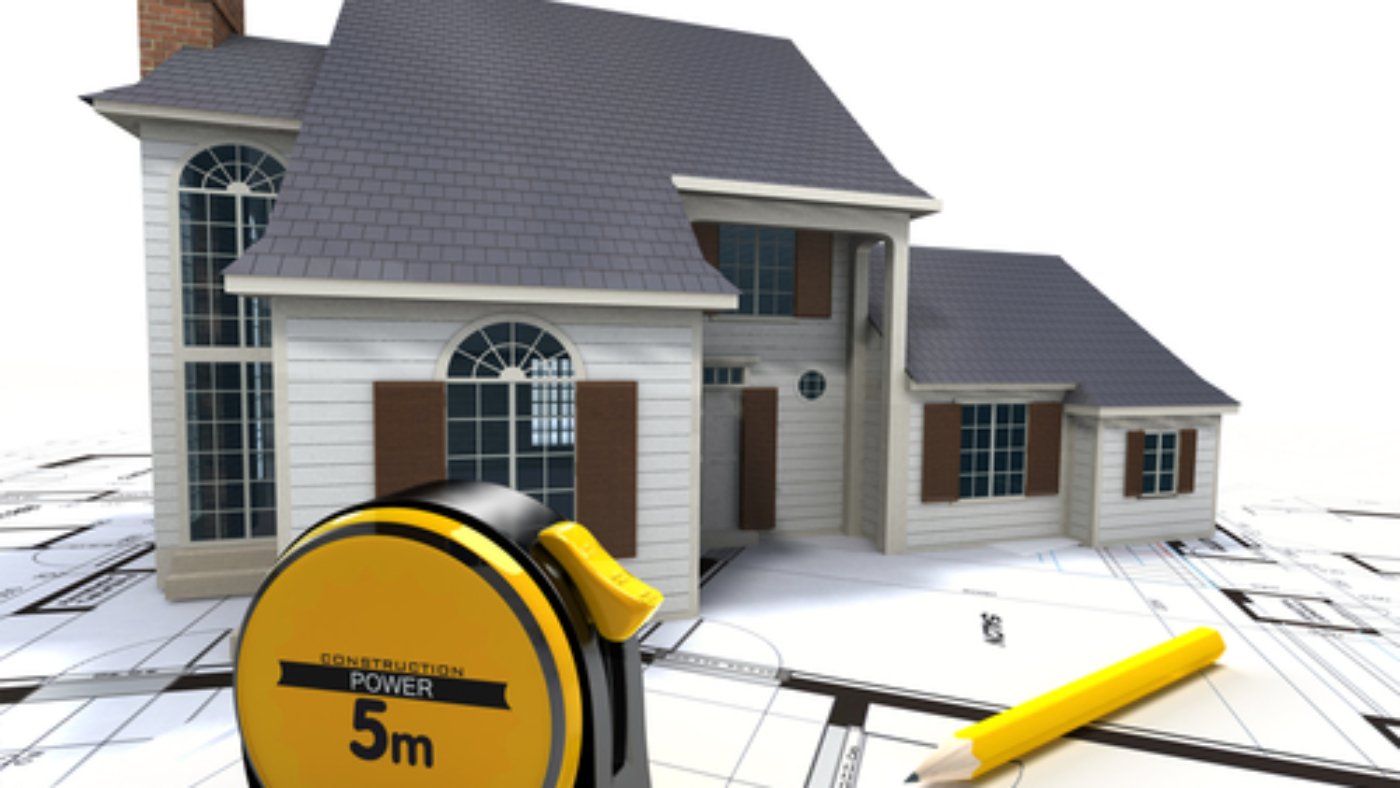How Many Roofing Shingles Do I Need?
- Measure the length and width of each plane on the roof (including dormers) then multiply length times width.
- Add the square footage of each of the planes together.
The average bundle of shingles covers 33.3 ft2, so three bundles of shingles are needed per square. Asphalt shingles range in price from about $25 per bundle for a standard 3-tab style to around $50-$75 or more for an upgraded architectural style.

How many square feet does a bundle of shingles cover?
How many shingles are in a square?

How Shingle Quantities are Measured?
When you have a bundle or square count for the main roof area, you will then add additional shingles to account for waste, starter shingles, and extra shingles for hip and ridge caps.
1. Measurement method
The most accurate way to calculate how many bundles of shingles you’ll need is to get up on the roof and measure each roof plane. If all the roof planes are rectangles, you simply need to multiply the length times the width of each plane to get the square footage; then you will add up the square footage of each plane. Many times, the roof may be too steep to walk on without safety equipment, so you will have to do the estimate from the ground. If this is the case, measure the length of the building at the ground level and estimate any rake-edge overhangs. Next, from a ladder, use a stiff, wide blade measuring tape to measure from the edge of the eaves to the ridge.
2. Sheet-count method
If the sheathing is still exposed you can use the sheet-count method, which is sometimes preferred more than the measurement method. This method is fast, and you can usually complete it from the ground. The caveat is you can use this method only on roofs sheathed with 4x8ft. structural panels. Each of these panels is 32 sq. ft., and you can easily count the full panels from the ground. Another way to tally them up is by estimating the relative size of ripped and crosscut sheets along the edges of the roof to the size of a full sheet. Diagonally cut sheets along hips and valleys are a bit more of a challenge to size, but typically you can assign them a relative size, like half or quarter sheet, and it will be close enough.

Calculating the number of bundles, you need is simple if you are using shingles that come three bundles to a square. Each bundle covers 33.3 sq. ft. of roof area—which is close enough to the 32 sq. ft. a sheet covers, which means you can order one bundle for each sheet of roof sheathing.
If you are working with other bundle counts per square, simply divide the number of sheets of sheathing by three and you’ll have the total number of squares needed to cover the roof – this is because three sheets of sheathing equal roughly 100 sq. ft. (one square).
3. Shingle-count method
This method makes it easy to measure when the old shingles haven’t been stripped off yet or if you’ll be doing a layover (meaning shingling over existing shingles).
To start, measure the length of the eaves of each roof plane, either directly from on top of the roof or from the ground by measuring the length of the house and adding in the width of the rake overhangs, if any. Alternately, if the existing shingles are standard three-tab, determine the eaves’ length by counting the number of tabs along the ridges and eaves to determine the length in feet (note that one tab is equal to 1 ft.).
Count the existing courses of shingles from eaves to the ridge to get the length of the rakes. The exposure on each course of shingles is five inches, so multiply the number of courses by five inches and then divide by 12 to get the length of the rakes. Make sure you check that the existing shingles are not metric size and are the standard 12-in. by 36-in. shingles. To get the area in square feet just multiply the length of the eaves by the length of the rake and get the details.

** Climbing around on a roof is not safe, so we do not recommend measuring the planes of your roof yourself. Plus, it is important that the measurement is accurate if it will be used to purchase roofing materials. So instead of going to the trouble yourself, contact a reliable roofer for an estimate. The roofer can use professional tools and methods to measure your roof and calculate the total square footage, and then provide estimates for shingles, underlayment, and other materials based on that total.
Looking for a Roof Measurement Report??








